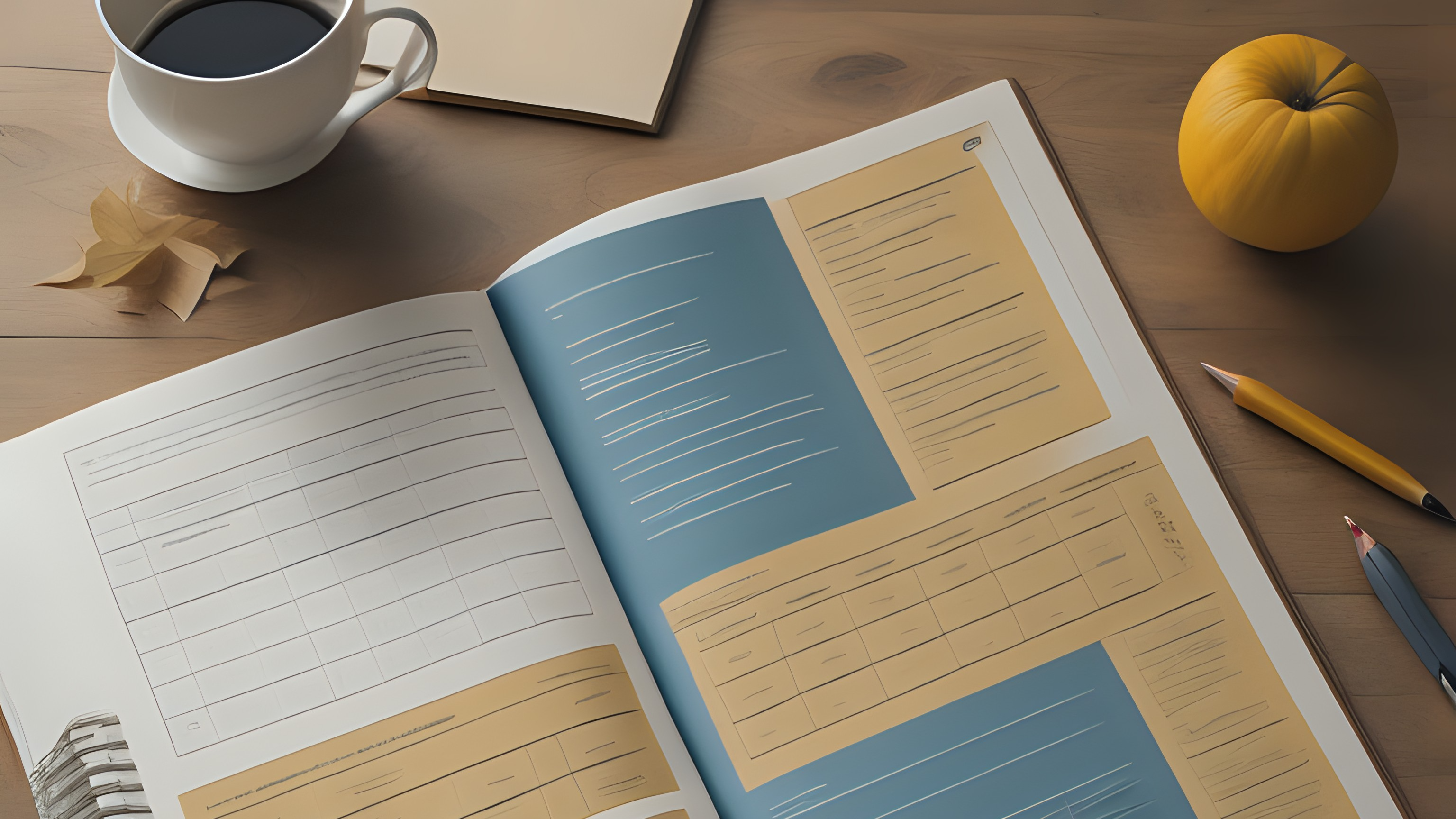Master the Art of Pattern Recognition: 5 Engaging Exercises for Adults

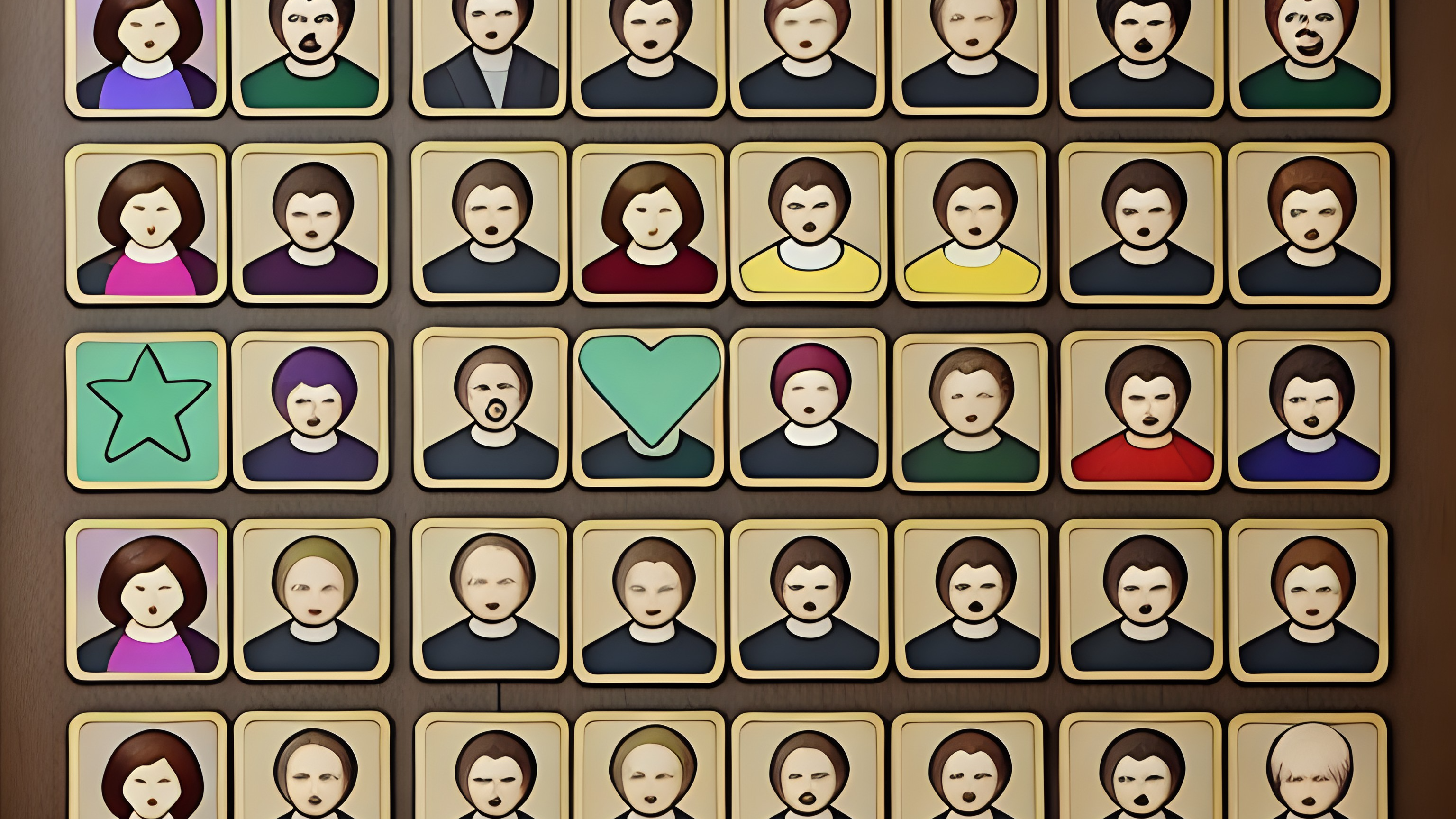
Like a seasoned chef intricately combines flavors to create a culinary masterpiece, individuals engaging in pattern recognition exercises blend cognitive ingredients to sharpen their mental faculties. This disciplined practice trains the brain to identify similarities and differences within various contexts, enhancing the ability to discern and categorize information swiftly.
Cognitive enhancement awaits.
Delve into pattern recognition and unlock the door to a sharper, more agile mind. Advanced proficiency in this skill fortifies the foundation for other cognitive abilities.
Unlocking Brain Potential
Cognitive agility is not a fixed attribute but rather a malleable trait that can be cultivated through rigorous training. Pattern recognition tasks act as cerebral gymnastics, stretching the brain's capacity to process and react to complex stimuli. These exercises transform latent abilities into potent cognitive tools, sharpening the mind's understanding and response time.
In pursuing mental acuity, adults can engage in various pattern recognition exercises that serve as a neurological crucible, refining their perception and analytical skills. They are effectively rewiring their neural circuitry as they identify sequences, group similar items, and discern intricate designs. This leads to a heightened proficiency in problem-solving and a more agile intellect capable of tackling the evolving challenges of today's information-rich environment.
Boost Memory with Patterns
Pattern recognition exercises are critical for nurturing memory retention. Engaging with complex patterns enhances the brain's ability to encode, store, and recall information.
By frequently practicing these exercises, adults can create new neural pathways. This results in a "muscle memory" for the brain, improving short- and long-term memory through repeated stimulation.
Engaging in pattern recognition consolidates neural connections, enhancing memory retention and retrieval.
Mastering patterns does more than just bolster memory; it equips one's cognition with the ability to discern subtle connections. Regularly interacting with intricate patterns (visual, auditory, or abstract) refines the mind's precision and fosters advanced cognitive functionality. This precision, in turn, supports lifelong learning and adaptability.
Enhance Problem-Solving Skills
Pattern recognition transcends mere memorization, becoming a cornerstone for advanced problem-solving capabilities. It allows for the deconstruction of complex issues into more manageable components.
In a problem-solving context, recognizing patterns enables the identification of relationships within a set of variables, providing a framework for generating solutions. By examining known patterns, individuals can predict outcomes, formulate hypotheses, and navigate the intricacy of decision-making processes. Such skills are vital for addressing the multi-layered challenges present in professional and personal environments, demonstrating the profound impact of pattern recognition on our problem-solving toolkit.
Moreover, pattern recognition contributes to strategic thinking, a quintessential element of practical problem-solving. It encourages examining different perspectives, fostering adaptability when faced with unfamiliar or evolving scenarios. This ability to adjust and refine strategies in light of new information directly results from honed pattern recognition capacities.
Finally, as one becomes proficient in recognizing and utilizing patterns for problem-solving, there's a notable enhancement in cognitive efficiency and a reduction in cognitive load. Well-practiced individuals can quickly discern relevant patterns amidst a sea of information, leading to a more streamlined approach to tackling complex tasks. This efficiency, in turn, can translate into superior performance across various domains, including business strategy, scientific research, and sophisticated technological fields, emphasizing the importance of pattern recognition in the broader landscape of cognitive skills development.
Quick Decision-Making Techniques
Cultivate a decisive mindset to enhance your efficiency.
Pattern recognition dramatically influences our decision-making speed. Fast, accurate decisions demand familiarity with the patterns and variables involved in a given context, similar to how expert chess players recognize board setups. By doing so, we rapidly advance toward optimal choices without extensive deliberation. This expeditiousness is fueled by an ability to classify and respond to emergent patterns quickly.
Utilize strategies that streamline complex choices.
Establish a robust framework for analysis and action. A systematic approach - comprising strategic heuristics - often enables rapid processing and judgment. This framework must be flexible to adapt to novel situations while maintaining a core set of principles that guide decision-making. By consistently applying such systems, we develop a pattern of making swift, well-considered choices.
Continue to evolve your decision-making paradigm.
Continuously refining decision-making proficiency is essential as the temporal landscapes shift and complexities multiply. Advancements in cognitive neuroscience suggest the significance of adaptive, fast-acting cognitive strategies for routing through the ever-increasing barrage of information. Embracing and incorporating these developments will ensure our decision-making processes remain at the pinnacle of efficiency and effectiveness.
Daily Pattern Recognition Practices
Incorporate mentally stimulating puzzles, such as Sudoku or nonograms, into your daily routine to bolster your pattern recognition faculties. These structured activities offer a dual advantage: they are engaging and enhance cognitive agility, making them an excellent strategy for maintaining mental sharpness. Dedicating even a brief period each day to these exercises can foster substantial improvements over time.
Advance your proficiency further by challenging yourself with more intricate puzzles or competing against time. This introduces an added layer of complexity and necessitates heightened attention to detail, subsequently stretching your cognitive capacity and fortifying your pattern recognition skills.
Simple Visual Brain Teasers
Visual brain teasers are ingeniously crafted challenges that test one's perceptual and cognitive abilities through optical riddles and illusions.
These teasers often contain hidden elements or ambiguous designs that compel the observer to shift perspective, break from conventional pattern recognition norms, and engage in lateral thinking. Tasks involve identifying incongruities within images, discerning slight variances in repeating patterns, or assembling disconnected fragments into a coherent whole. Such activities refine attention to detail and foster a more analytical approach to visual stimuli.
Moreover, these puzzles cultivate an enhanced appreciation for detail, often overlooked in our cursory glances at imagery. By presenting scenarios where the difference between nearly identical pictures could be as subtle as a slight shade variation or a minuscule shape alteration, they challenge the brain to detect nuances that would typically evade notice.
Ultimately, engaging in visual brain teasers is not merely an exercise for idle amusement––it constitutes a deliberate practice intended to sharpen observational skills and cognitive functions. Repeated exposure to such puzzles can improve problem-solving abilities by honing one's capacity to perceive and interpret visual information with greater accuracy and efficiency.
Interactive Puzzle Challenges
Interactive puzzle challenges excel as vehicles for cognitive enhancement, engaging problem-solving, and strategic thinking faculties.
Crossword Puzzles: Cultivate linguistic cognition and word recall through complex verbal cues.
Sudoku: Activate numerical and logical reasoning, enforcing pattern recognition.
Nonogram Puzzles: Hone deductive reasoning by decoding hints to reveal hidden images.
Jigsaw Puzzles: Enhance spatial awareness and visual perception through piece assembly.
Escape Room Games: Foster teamwork, logic, and deductive skills in time-sensitive scenarios.
Pattern recognition exercises embedded in these puzzles are potent catalysts for mental agility.
Regular indulgence in these brain-training activities is equivalent to mental exercise, fortifying cognitive resilience against age-related decline.
Advancing with Abstract Patterns
Abstract patterns require a shift in mental processes, encouraging one's ability to think outside conventional confines and embrace complexity. Mastery of abstract designs is pivotal to cognitive expansion.
Delving into abstract puzzles sharpens intuition and perceptual insight without relying exclusively on logical sequencing. It challenges neural pathways by presenting unfamiliar scenarios that demand novel solutions.
In abstract pattern recognition, adults task their minds with identifying relationships between disparate elements that may not be immediately obvious, fostering a heightened sense of awareness. This includes discerning underlying structures in chaotic visuals or sequences and strengthening cognitive adaptability.
Enhanced proficiency in interpreting abstract patterns is instrumental in numerous cognitive domains, akin to a musician interpreting a complex piece of modern classical music. It requires an open-minded approach to teasing patterns amidst apparent disarray and can be akin to intellectual improvisation. With time, individuals transition from "seeing" to "understanding" the intricacies within the chaos.
Incorporating Patterns into Hobbies
Pattern recognition can be subtly infused into various leisure activities, such as creating intricate crafts, solving complex jigsaw puzzles, or engaging in strategic tabletop games. Through these seemingly mundane pastimes, adults can inadvertently hone their pattern analysis capabilities, embedding cognitive exercises into the fabric of their enjoyment.
When engaging in such hobbies, enthusiasts effectively conduct cognitive calisthenics, using their pastimes to enhance their aptitude for spotting correlations and predicting outcomes. This transformation of leisure into a training ground for cognitive skills underscores the creative ways pattern recognition can be practiced.
Crafting and Art
Engaging in crafting and art projects demands meticulous attention to detail and a keen eye for aesthetic patterns.
Experimenting with quilting and understanding the interplay of colors and shapes
Crafting beaded jewelry, which necessitates precise pattern replication
Pursuing origami, honing skills in symmetry and geometric pattern identification
Engaging in pottery, observing patterns in texture and form
Creating mosaics, where small pieces combine to reveal larger images
These activities refine one's ability to discern repeating motifs and structures.
The deliberate selection and arrangement involved in crafting foster advanced pattern recognition abilities.
Music and Rhythm Recognition
Pattern analysis in music involves dissecting harmonies, rhythms, and melodies to isolate recurring elements.
Recognizing chord progressions and their commonality across different music genres
Identifying rhythmic patterns, such as the typical time (4/4) versus waltz time (3/4)
Isolating melodic motifs that composers use to build thematic consistency
Understanding the structure of song forms, like the verse-chorus-bridge pattern
Discerning the use of counterpoint where two or more melodic lines interact
Discerning patterns in music can advance one's capacity for audio-based pattern identification.
Musical pattern recognition enriches aesthetic appreciation and leverages the brain's natural inclination for symmetry and structure.
Strategy Games and Sports
Cognitive enhancement through strategic gameplay necessitates keen pattern recognition and planning.
Chess - Decoding opponent strategies and predicting moves from patterns
Go - Assessing board patterns to control territory efficiently
Sudoku - Recognizing numerical patterns to solve puzzles logically
Bridge - Inferring opponents' cards based on bidding and playing patterns
Basketball - Anticipating plays and player movements by understanding set patterns
These activities reinforce the brain's predisposition towards strategic problem-solving.
The interplay between pattern recognition and strategic anticipation is powerful in competitive sports.
Tracking Progress and Staying Motivated
To maintain forward momentum in bolstering pattern recognition skills, it is advisable to record one's progress meticulously. By employing a systematic approach with consistency, you document strides made and pinpoint areas ripe for improvement. Such methodical tracking catalyzes sustained cognitive engagement, providing a tangible map of developmental milestones reached.
Endeavoring to refine pattern recognition capabilities, like embarking upon any cerebral pursuit, occasionally may seem formidable. Hence, recognizing and commemorating incremental gains becomes paramount. Establish a "rewards system" where you treat yourself for achieving miniature triumphs along the cognitive journey. This practice begets a self-fulfilling cycle; as you witness your progression, intrinsic motivation burgeons, spurring you to delve deeper and reach new echelons of proficiency.
Setting Realistic Cognitive Goals
Embarking on cognitive enhancement through pattern recognition exercises requires setting pragmatic goals. These should be measurable, attainable, and tailored to your starting capabilities, ensuring you foster a constructive development path. It is important not to overwhelm oneself with excessively ambitious targets, which may lead to demotivation and undue stress.
Start with modest benchmarks that challenge yet accommodate your current proficiency level. Incrementally increase the complexity and demands of your exercises iteratively.
Consider time constraints and other commitments that may affect your ability to practice regularly. Establish realistic expectations for practice frequency and duration to maintain a balanced approach to cognitive training.
Goals should be specific, such as mastering a particular type of puzzle within a set timeframe, rather than vague aspirations. This specificity yields actionable steps, naturally facilitating tracking of your cognitive growth and fine-tuning your strategy.
Reflecting on past achievements enables you to set future objectives that stretch your abilities without straining them. Ensure that each new goal pushes the limits of your competence but remains within reach to maintain positive momentum.
Lastly, ensure each goal aligns with your overarching cognitive aspirations. Whether improving memory, speed of processing, or problem-solving prowess, goals should be coherent with the more extensive mental skill set you wish to cultivate.
Using Apps and Online Tools
In the realm of cognitive sharpening, digital platforms have surfaced as indispensable tools. Their interfaces are designed to challenge the user's pattern recognition abilities progressively.
Since their inception, these platforms have evolved, offering many exercises that adapt to the individual's skill level. They provide instant feedback, keeping users engaged and allowing for tailored cognitive development plans.
Some apps employ algorithms that carefully track user progress, ensuring exercises scale in difficulty appropriately. They also incorporate neuroscience research to enhance the efficacy of pattern recognition tasks, thus optimizing cognitive training.
Leading cognitive science experts often recommend these apps because of their data-driven approach to mental fitness. They are equipped with analytics to give a detailed account of one's cognitive strengths and areas requiring more focus.
Incorporating such tools into one's cognitive regimen offers structured, interactive, and scientifically underpinned exercises that can significantly foster pattern recognition prowess.
Joining a Community of Learners
In joining a community of learners, one embarks on a collective journey towards cognitive enrichment. Individuals converge, sharing insights and experiences, thus fostering a sense of joint intellectual elevation.
These communal spaces often act as a catalyst for motivation. Thriving on interpersonal connection, they engender a supportive learning environment.
Indeed, exchanging strategies within these groups can enhance the individual learning curve, offering tailored insights (often grounded in experiential knowledge) for improving pattern recognition.
Discussions within these communities often lead to a collaborative discovery of novel approaches. Each member's unique perspective enriches the collective pool of knowledge, providing valuable input for all involved.
By engaging in these groups, one can tap into a reservoir of collective wisdom, obtaining guidance and encouragement from peers equally invested in honing their cognitive skills and improving their pattern recognition capabilities.
Ultimately, this union of minds amplifies one's potential to excel in cognitive exercises. Sharing triumphs and challenges enriches the learning experience, making the quest for mental excellence a shared endeavor.
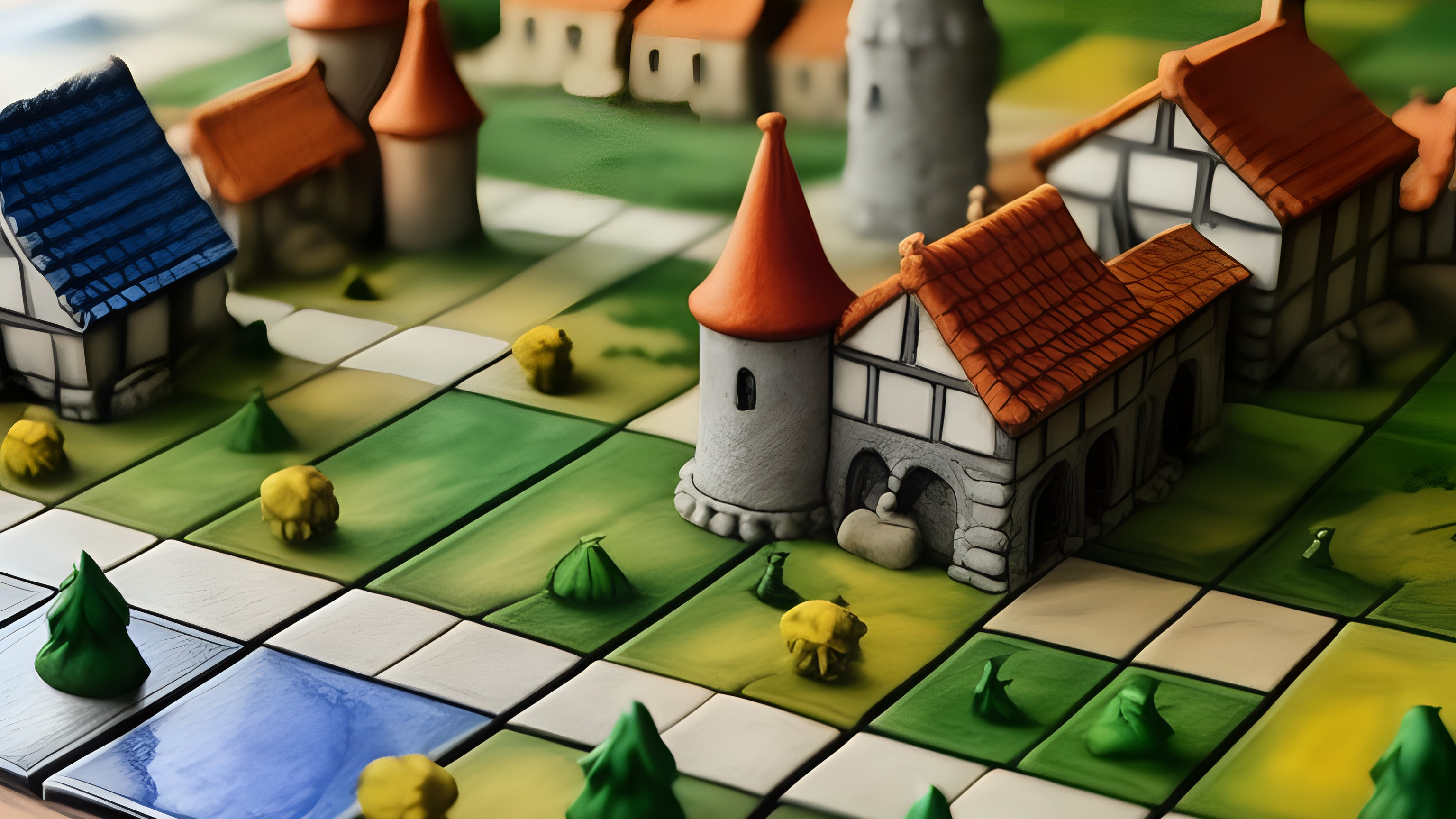
Board Games
Discover the fun of playing Carcassonne board game
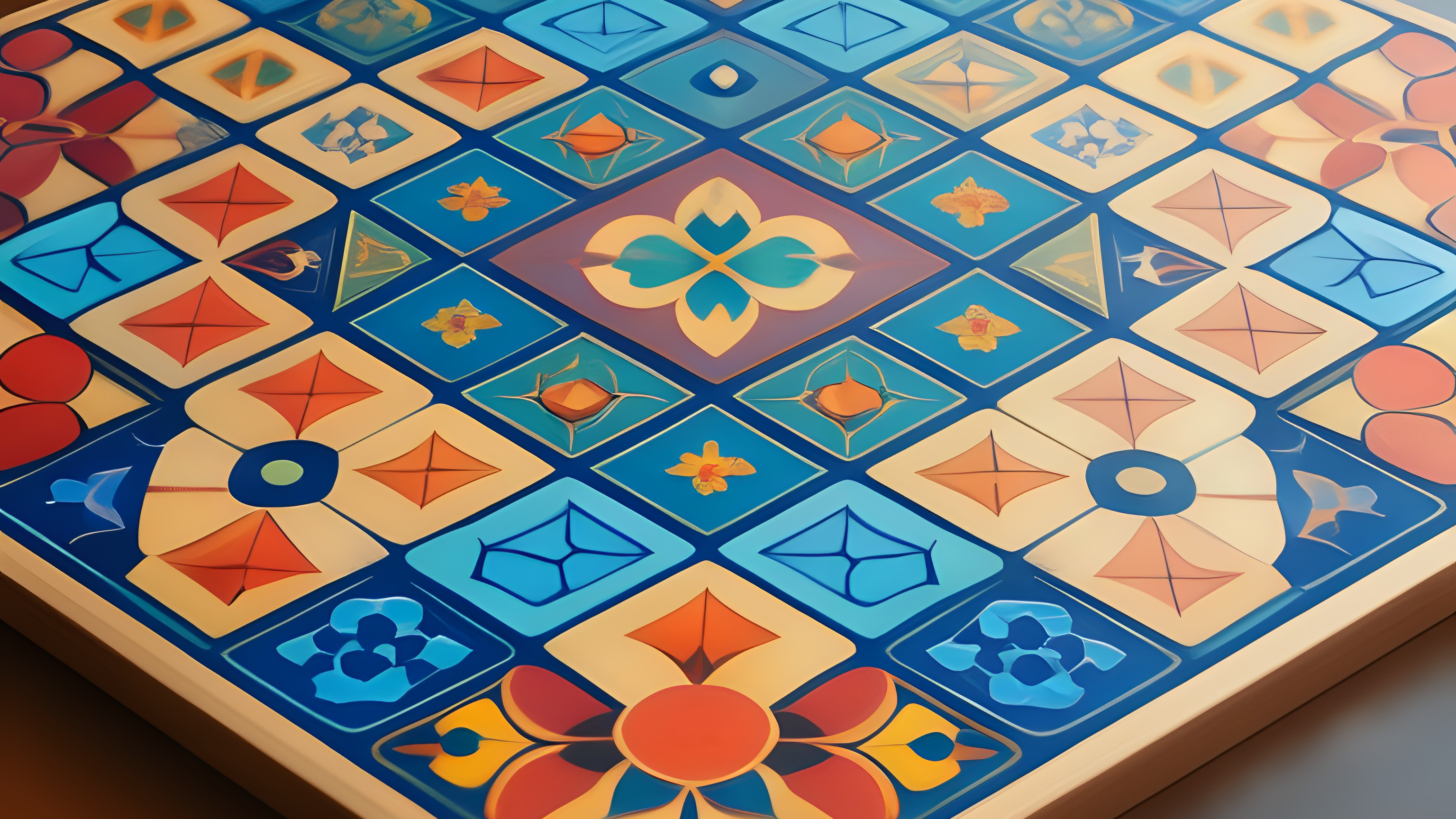
Board Games
Azul Board Game Guide: Rules, Strategy Tips, and More

Crack The Code Puzzle Game
Nostalgic Games: Reliving Childhood Memories through Classic Titles
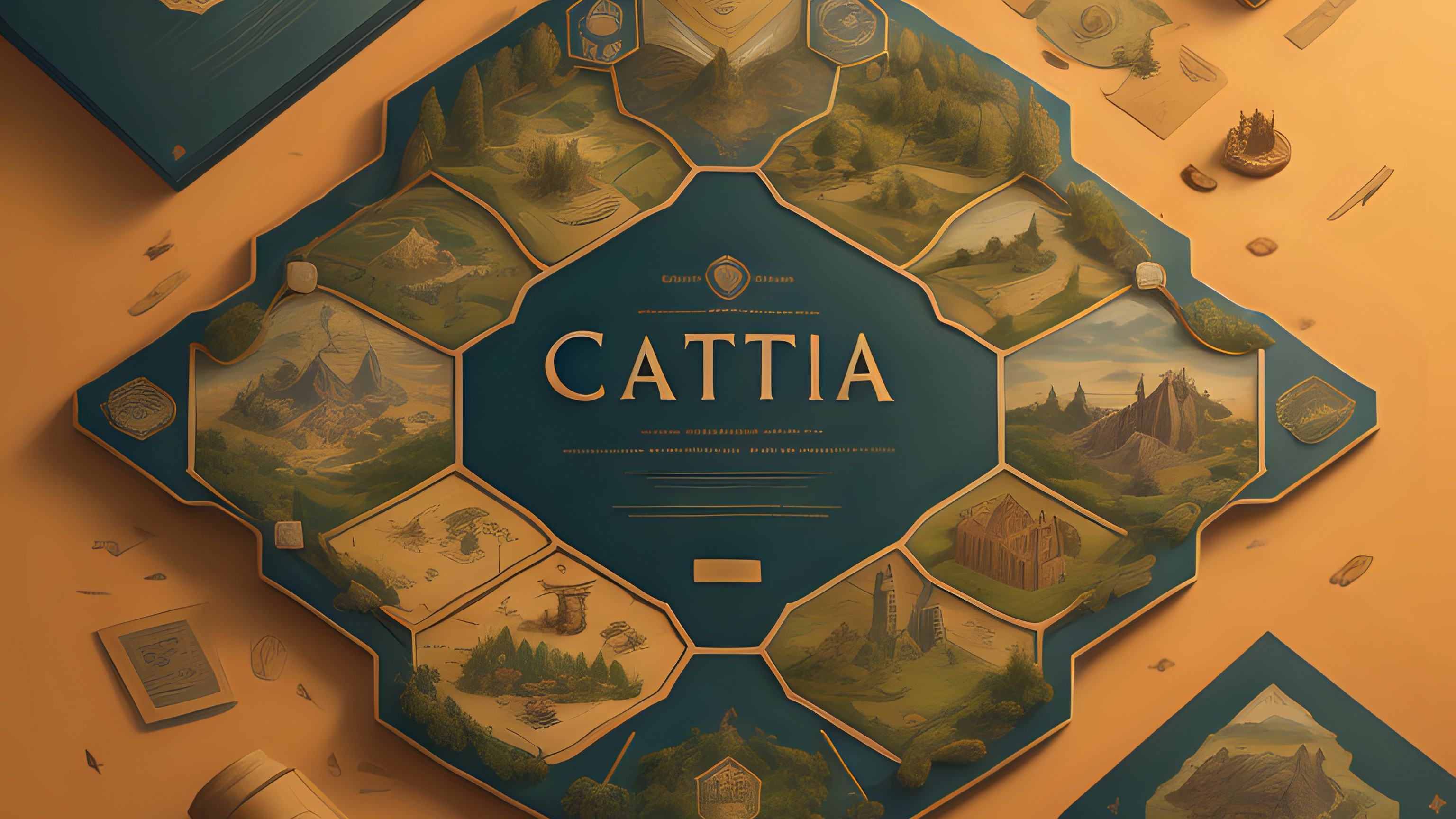
Board Games
Learn How to Play the Popular Catan Board Game

Crack The Code Puzzle Game
Code Board Games: A Fun Way to Learn Programming

Crack The Code Puzzle Game
Deciphering Secrets: A Guide to Mastering Hidden Messages Games
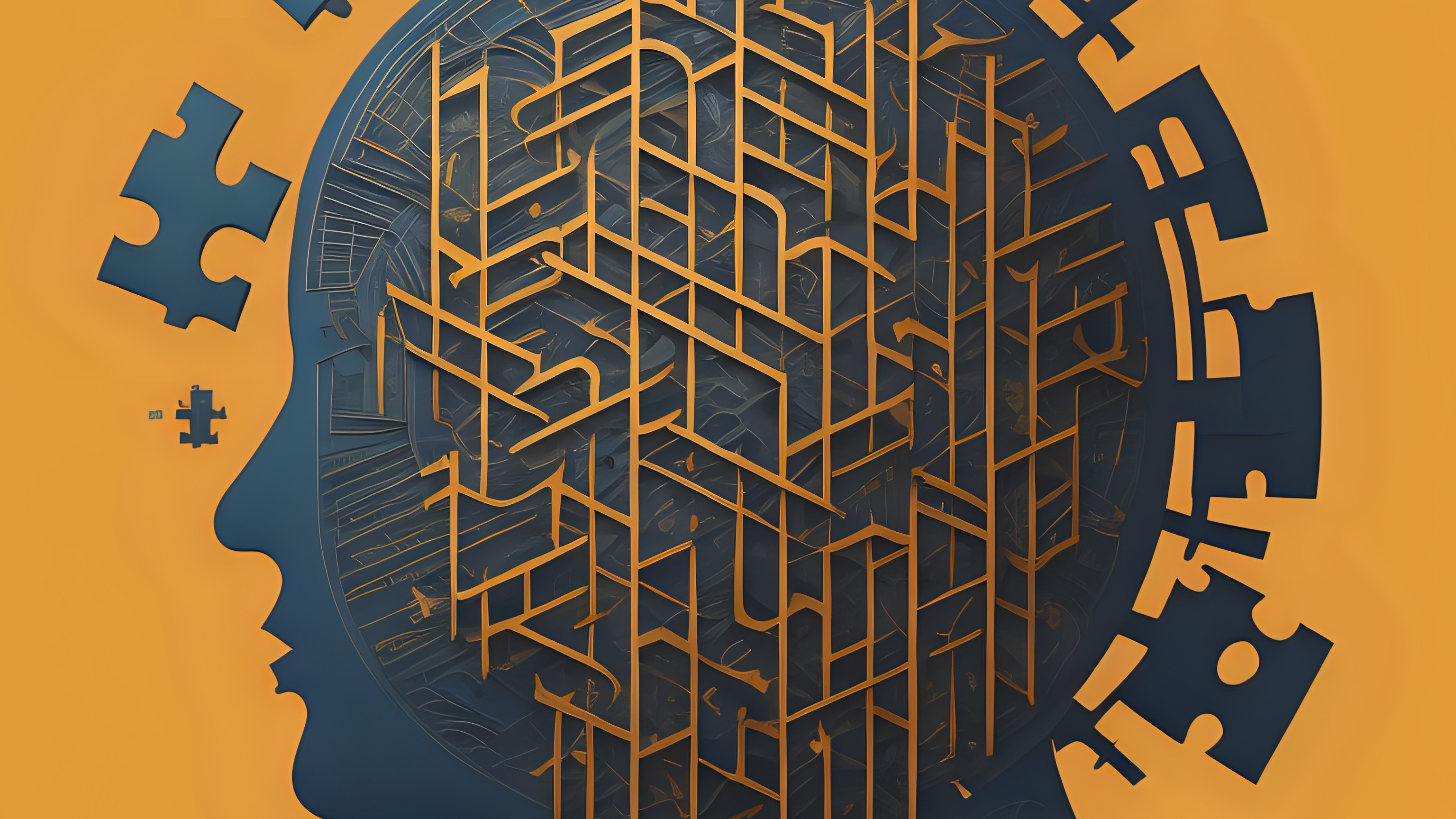
Crack The Code Puzzle Game
Enigma Puzzles Demystified: Tips and Strategies for Success
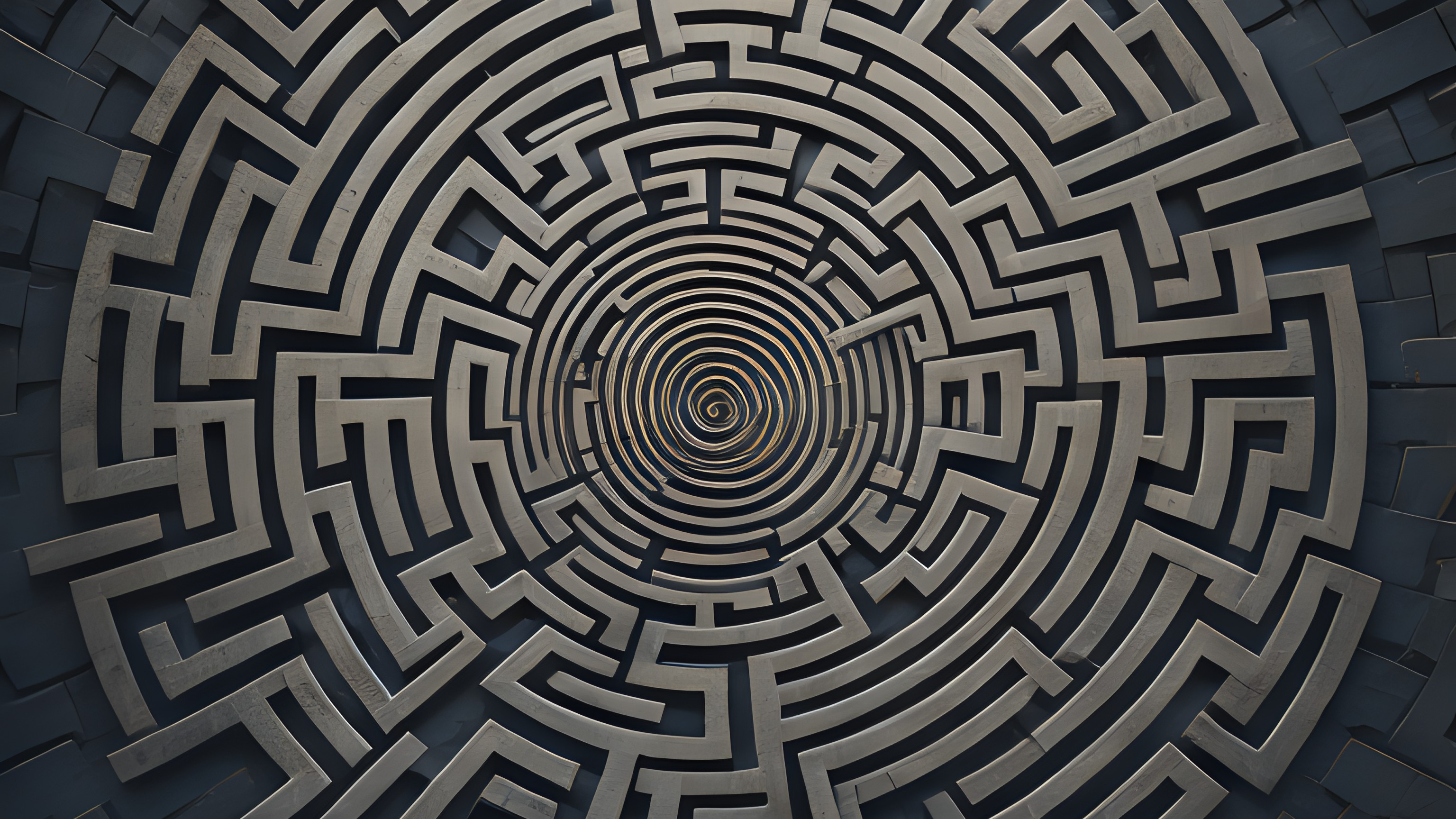
Crack The Code Puzzle Game
Master Maze Games and Have Fun: The Ultimate Guide
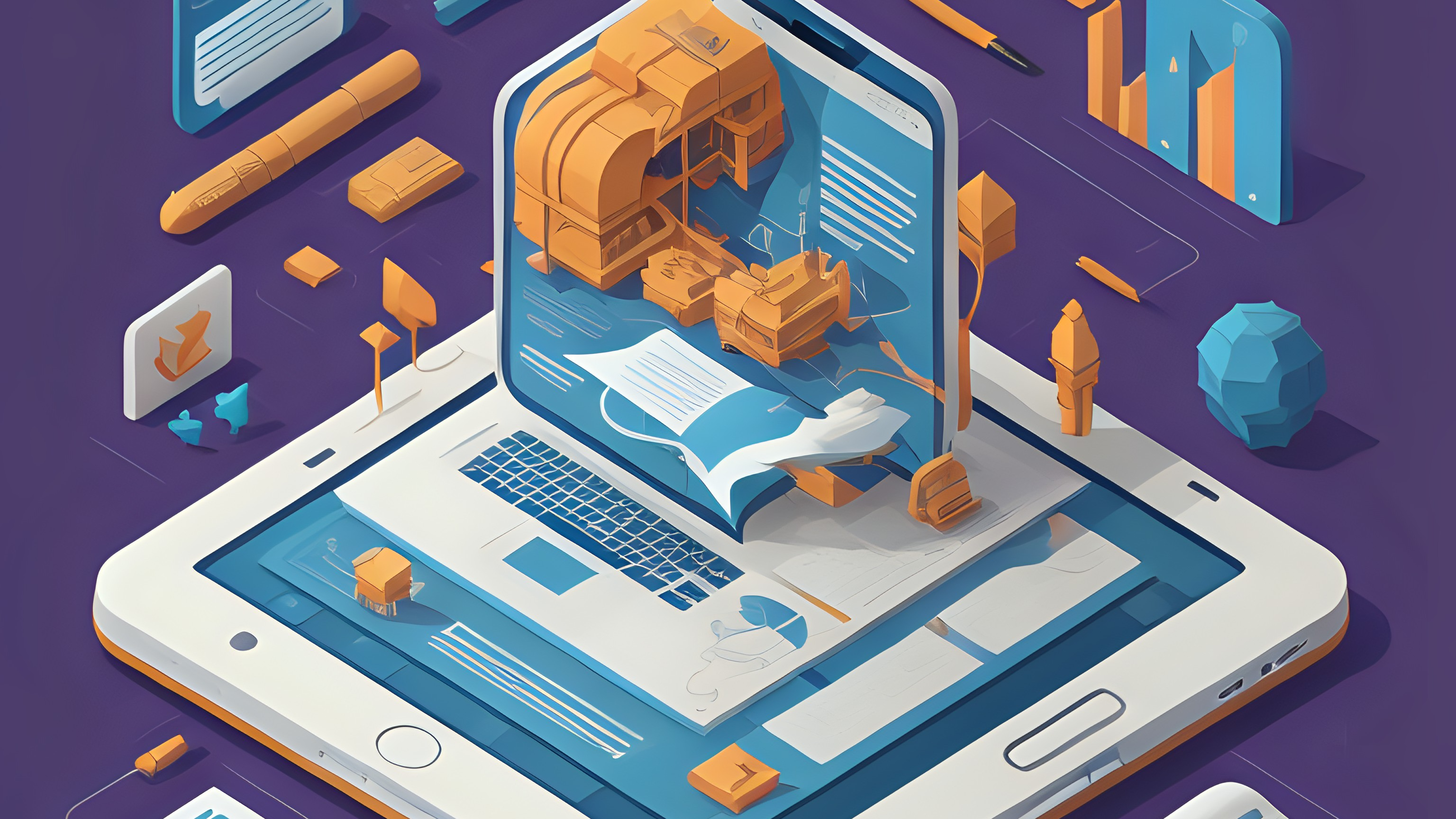
Crack The Code Puzzle Game
Cracking the IQ Puzzle: Boost Your Brainpower Challenging Riddles

Crack The Code Puzzle Game
Challenge Your Mind with Fun Pattern Recognition Games
